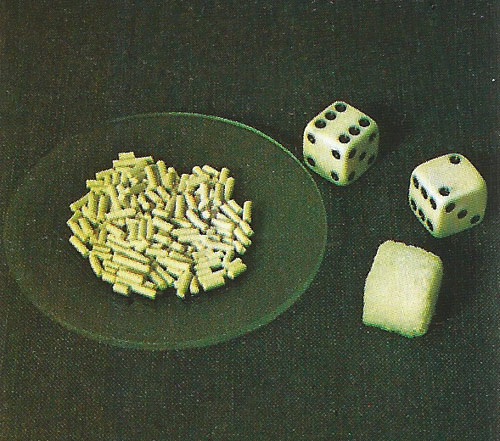surface

In mathematics, a surface is any object that locally (if you zoom in close enough to it) looks like a piece of a flat plane. A sphere, a torus, a pseudosphere, and a Klein bottle are examples of different types of surface.
Surface volume scaling law
By the surface volume scaling law, fine structures have relatively more surface to their volume. In the illustration here, each die weighs 2 grams (0.07 ounce) and has 9 square centimeters (1.4 square inches) of surface. The sugar lump is made of 0.5 millimeters (0.02 inches) grains and has about 200 square centimeters (31 square inches) of total surface. The 2 grams of "molecular sieve" on the watchglass is porous to the molecular level and has a remarkable 1,500 square meters(16,150 square feet) of total effective surface area.


